TL;DR
- Many firms are unaware of key compliance rules or lack the infrastructure to meet them, exposing them to legal risks.
- HR compliance includes laws related to wages, workplace safety, anti-discrimination, and data privacy.
- Regular audits, consistent policy application, training programs, and HR compliance software are essential for staying compliant.
- Technology, including AI and data security tools, plays a critical role in managing and automating compliance tasks.
- Global HR compliance requires adapting to local laws and cultural norms while maintaining consistency across regions.
Introduction
Did you know that 40% of firms either don’t know about essential compliance rules or lack the infrastructure to meet them? This leaves them vulnerable to legal issues and employee dissatisfaction.
As workplace laws become more complicated, staying compliant isn’t just about avoiding fines; it’s about building a solid relationship of trust with your employees. When companies neglect compliance, the risks are far-reaching, from penalties to damaged reputations.
Understanding compliance in HR and implementing effective practices can help you avoid costly mistakes and create a fair, secure environment for your employees. Let’s dive into what it takes to get it right.
What Is HR Compliance? Defining the Scope and Purpose
HR compliance refers to following the laws and regulations that govern the workplace. This includes everything from wage laws to employee safety to anti-discrimination practices. It ensures that organizations operate fairly, ethically, and within the bounds of the law.
At its core, compliance in HR is about risk management. Failing to comply with requirements can result in lawsuits, penalties, and damage to one’s reputation. It’s not just about avoiding trouble, but also about creating a solid foundation for a healthy workplace.
Key areas of HR compliance include statutory, regulatory, contractual, and union laws. Each of these plays a crucial role in shaping the policies and practices that ensure your workplace is safe and compliant with legal requirements. Understanding these areas is the first step toward building a compliant organization.
With a clear understanding of HR compliance, it’s essential to recognize the key challenges that many organizations face when trying to stay compliant.
Common HR Compliance Challenges in 2025
Compliance isn’t static; HR teams must continuously address shifting regulations and emerging issues. Staying ahead of these challenges is key to avoiding costly mistakes and maintaining a healthy work environment.
1. Wage and Hour Laws
Wage and hour laws are not one-size-fits-all. Minimum wage rates and overtime rules vary across states and countries. Companies with a distributed workforce must stay informed about these differences to avoid costly fines or legal disputes.
2. Workplace Safety
Ensuring workplace safety goes beyond meeting OSHA standards. Regular safety audits, proper employee training, and timely reporting are crucial. A single lapse can lead to penalties or worse, harm to employees.
3. Discrimination and Harassment
Despite progress, discrimination and harassment issues continue to surface. Whether it’s during hiring, promotions, or day-to-day operations, companies must ensure their policies are clear and consistently applied to prevent legal and cultural problems.
4. Data Privacy
The growing focus on data privacy laws, such as GDPR, presents a challenge for businesses that collect employee data. Failure to adhere to these regulations can result in significant financial penalties and damage to trust.
While these challenges may seem daunting, there are several proven strategies to help your organization stay on track and avoid common pitfalls.
4 Best Practices for Ensuring HR Compliance
Compliance in HR doesn’t happen by accident. It requires intention, attention, and regular checks to keep things on track. Here’s how you can stay ahead of the game.
1. Regular Audits
Conducting regular HR compliance audits helps catch issues before they become problems. These audits should encompass everything from employee records to safety procedures, ensuring that all aspects align with current laws.
2. Policy Consistency
HR policies must be applied consistently across the organization. Inconsistent application can lead to confusion, mistrust, and potential legal action. Transparent, fair, and uniform policies reduce risk and ensure fairness.
3. Training Programs
Ongoing compliance training is a must. Every employee, from HR to the newest hire, should understand the company’s policies and their role in maintaining compliance. Regular refreshers keep everyone up to date on changing laws and company rules.
4. Technology Tools
HR compliance software can help track employee data, monitor regulatory changes, and automate many compliance tasks. Implementing such tools reduces human error and ensures your team stays on top of everything.
Now that we’ve covered best practices, let’s explore how technology can further enhance your HR compliance processes’ efficiency and effectiveness.
The Role of Technology in HR Compliance
Technology is a game-changer when it comes to maintaining HR compliance. With the right tools, HR departments can stay on top of ever-changing regulations and manage compliance more effectively in HR.
HR Compliance Software
HR compliance software automates key processes like record-keeping, reporting, and monitoring regulatory changes. These tools provide HR teams with real-time updates, ensuring nothing slips through the cracks.
Data Security
As privacy laws become stricter, protecting employee data is non-negotiable. HR technology can help safeguard sensitive information, ensuring compliance with laws like GDPR, and preventing breaches that could lead to penalties.
AI and Automation
AI can play a crucial role in hiring and performance evaluations. Using algorithms to screen resumes and assess employee performance helps reduce bias, improving fairness and legal compliance throughout the hiring process.
While technology plays a critical role, it’s also essential to consider the complexities of global operations and compliance on an international scale.
Global Considerations in HR Compliance
As companies expand across borders, HR compliance becomes more complicated. Different countries have different rules. Understanding these regulations ensures smooth operations without legal headaches.
International Regulations
Each country has its labor laws, and what works in one place might not fly in another. HR teams must be aware of local regulations regarding wages, working hours, and benefits to avoid legal trouble.
Cultural Sensitivity
Compliance isn’t just about laws; it’s also about culture. Understanding cultural norms and adjusting policies accordingly helps avoid conflicts and ensures that employees feel respected, regardless of location.
Global HR Compliance Framework
Building a global framework for compliance requires striking a balance between standardization and flexibility. While specific policies must be consistent across locations, others need to be adaptable to meet local laws and cultural expectations.
With global compliance challenges in mind, it’s crucial to anticipate future changes in regulations and ensure your organization remains proactive.
The Future of HR Compliance
As regulations shift and new challenges emerge, HR compliance remains in a state of constant motion. Staying ahead requires anticipation, flexibility, and a willingness to adapt.
Evolving Regulations
Labor laws aren’t static. Governments continually adjust regulations in response to new social and economic realities. HR teams must stay informed and ready to modify policies as laws change.
Proactive Strategies
Being reactive isn’t enough. The best way to handle compliance issues is to plan. Regular reviews of policies, training programs, and audits can help prevent problems before they start.
Continuous Improvement
Compliance isn’t a one-time task. It’s an ongoing commitment to reviewing, refining, and adjusting to meet the needs of the company, employees, and the law. Regular assessments ensure your organization remains on track.
Conclusion
HR compliance is more than a set of rules. It’s a strategic approach to running a fair and secure organization. While it can be complex, staying ahead of the game can help prevent costly mistakes.
With a strong understanding of regulations, regular audits, and the right technology, you can maintain compliance and mitigate risks within your organization. Don’t wait for issues to arise. Be proactive. Taking action now ensures your company’s future success and peace of mind.
For expert guidance and support in managing HR compliance, turn to TeamLease. Our solutions are designed to help you stay compliant while focusing on your core business. Reach out today and let us simplify your compliance journey.
FAQs
Q: What is HR compliance?
A: HR compliance means following laws, regulations, and internal policies related to workplace practices. It ensures that companies meet legal standards in areas such as wages, safety, and non-discrimination.
Q: Why is HR compliance crucial for my business?
A: Staying compliant prevents legal issues, fines, and reputational damage. It creates a fair and safe environment for employees, while also safeguarding the company from costly lawsuits.
Q: How can I make sure my organization remains compliant with evolving laws?
A: Regular compliance audits, employee training, clear policies, and using HR compliance software will help your organization stay updated on laws and maintain compliance.
Q: What are some common HR compliance issues?
A: Wage and hour laws, workplace safety regulations, discrimination, harassment, and data privacy are some of the most common HR compliance challenges businesses face.
Q: How can technology help with HR compliance?
A: Technology can automate compliance tasks, track changes in regulations, secure employee data, and ensure consistent policy application, reducing the risk of human error and legal issues.







